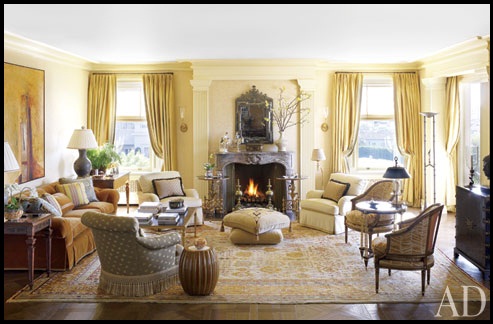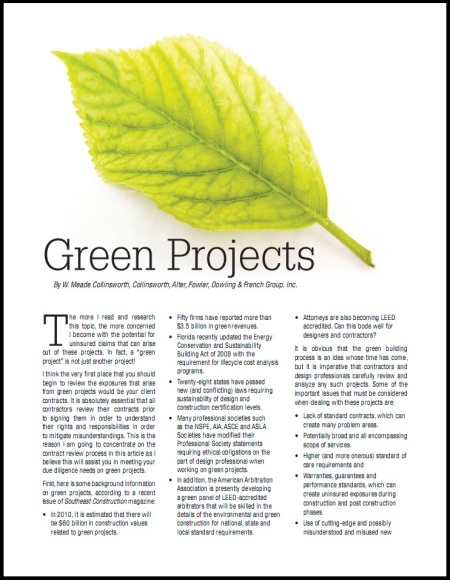 a/e ProNet client Andrew Skurman Architects recently handled the interior redesign of a five-bedroom apartment in one of San Francisco’s loveliest buildings. The following is an excerpt from the article in the February 2012 issue of Architectural Digest:
a/e ProNet client Andrew Skurman Architects recently handled the interior redesign of a five-bedroom apartment in one of San Francisco’s loveliest buildings. The following is an excerpt from the article in the February 2012 issue of Architectural Digest:
“Skurman began by gutting the five-bedroom space, carving out a new master wing with his-and-her studies, dressing rooms, and baths, as well as a single sizable bedroom. He also softened the apartment’s straight lines by designing an oval entrance hall with a ceiling dome, adding another dome in the master bedroom, and constructing a graceful apse in the library. Like many classic Beaux Arts apartments, the Shansbys’ home now has gently curved crown moldings and elegant plasterwork, with fluted pilasters surrounding the doors and windows. (The dining room’s etched-mirror moldings, inlay, and door panels are the only details that survive from the preexisting interiors, which were designed by Valerian Rybar and Jean-François Daigre.)”
You can read the rest of the Architectural Digest article here.
Andrew Skurman Architects, an award-winning residential architectual design firm based in the San Francisco Bay Area, designs some of the most striking, sophisticated and architecturally appealing custom houses and interiors being built today. The firm specializes in residences inspired by the classical architectural traditions of French châteaux, Mediterranean villas and Georgian country houses. We draw from our extensive architectural library of European & American design and work closely with our clients to identify historical precedents that meet their needs, tastes and lifestyle. (Excerpted from the firm’s bio on the Andrew Skurman Architects website.)




